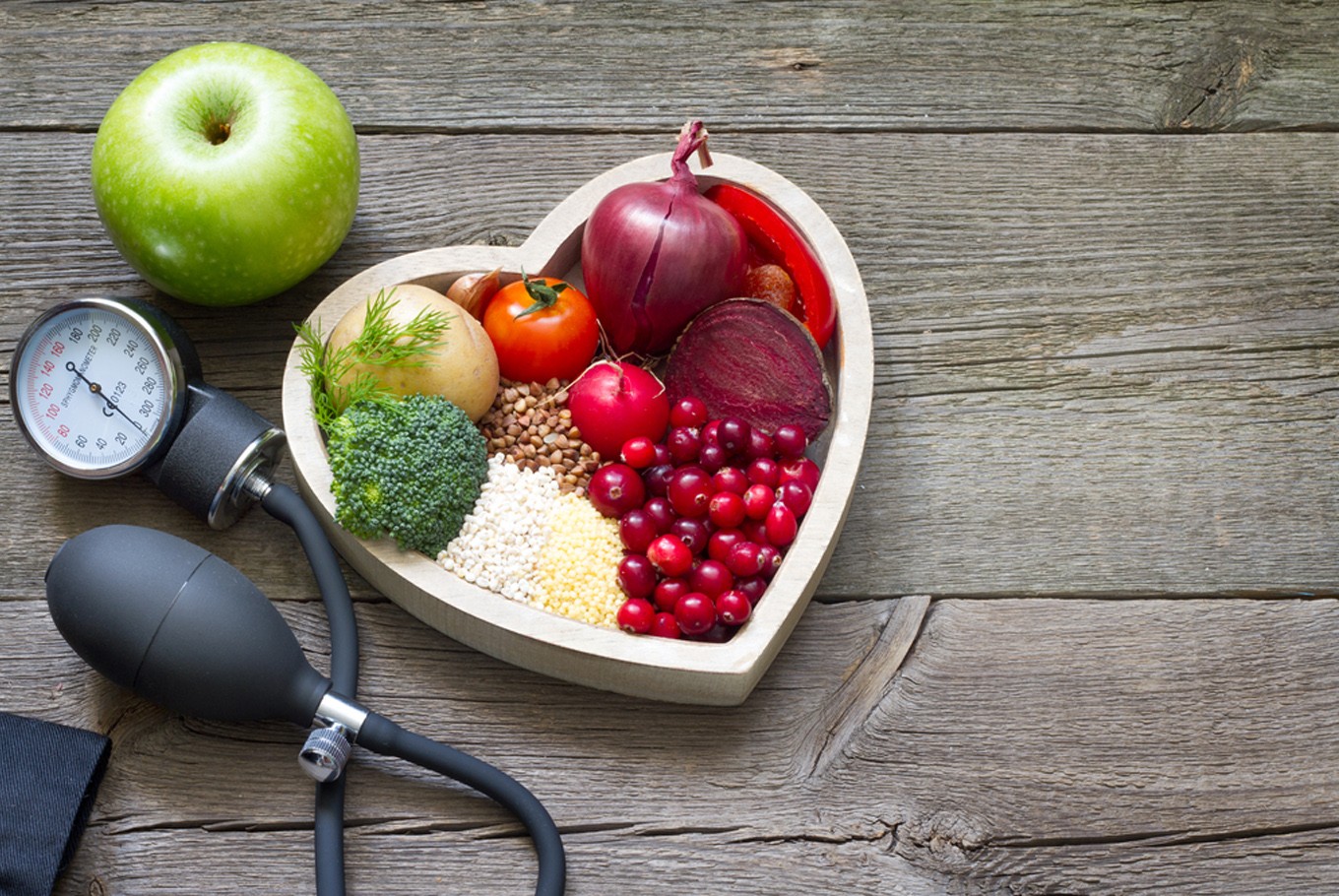Renowned Family Nurse Health practitioner Nkasiobi Violet Uluocha, MSN, APRN, BS, FNP-BC has shone more light on Hypertension, it’s causes, and ways that diet can be used to curtail and manage it.
Hypertension also known as high blood pressure (HBP), is a long-term medical condition in which the blood pressure in the arteries is persistently elevated. It is also known as a condition in which the force of the blood against the artery walls is too high.
Usually hypertension is defined as blood pressure above 140/90, and is considered severe if the pressure is above 180/120.
High blood pressure often has no symptoms. Over time, if untreated, it can cause health conditions, such as heart disease and stroke.
DASH stands for Dietary Approaches to Stop Hypertension. The DASH diet is a lifelong approach to healthy eating that’s designed to help treat or prevent high blood pressure (hypertension). The DASH diet plan was developed to lower blood pressure without medication in research sponsored by the National Institutes of Health.
Dietary Approaches to Stop Hypertension (DASH) is an eating plan to lower or control high blood pressure. The DASH diet emphasizes foods that are lower in sodium as well as foods that are rich in potassium, magnesium and calcium — nutrients that help lower blood pressure.
The DASH diet features menus with plenty of vegetables, fruits, and low-fat dairy products, as well as whole grains, fish, poultry, and nuts.
It offers limited portions of red meats, sweets, and sugary beverages.
LOW SODIUM INTAKE
Avoid using salt for cooking; use sodium-free flavorings instead. Rinse your canned foods before consumption to remove excess salt used in preserving the food. In addition, buy food items labeled “salt-free” or “low sodium”
WHOLE GRAINS
These include brown rice, whole-wheat pasta, and whole-wheat bread. The recommended amount of whole grains in the DASH plan is 6 to 8 servings daily. Examples of one serving of whole grain are 1 slice of whole-wheat bread and half a cup of cooked rice or pasta.
FRUITS
Take 4 to 5 servings of fruits every day to lower your blood pressure. An example of one serving of fruits is one medium fruit or 4 ounces of juice.
VEGETABLES
Vegetables, including carrots, broccoli, tomatoes, green vegetables, and sweet potatoes are rich in fiber, potassium, and magnesium, which help to lower blood pressure. Eat 4 to 5 servings of vegetables daily to lower your blood pressure. An example of one serving is 1 cup of raw leafy green veggies.
LOW-FAT DAIRY
Milk, cheese, and yogurt are examples of low-fat dairy products. These foods are rich in calcium and protein that help to lower blood pressure. Consume 2 to 3 servings daily: 1 cup of low-fat yogurt or 1 cup of 1 percent milk is equivalent to a serving.
FISH, POULTRY, AND LEAN MEAT
These are rich sources of protein, B-vitamins, and minerals such as zinc and iron that have enormous health benefits, including healthy blood pressure. Eat up to 6 servings a day. Go for heart-healthy fish such as tuna and salmon and ensure you go for the lean varieties of meat.
LEGUMES, NUTS, AND SEEDS
Eat 4 to 5 servings of these weekly. Examples of legumes include almonds, kidney beans, peas, and brown-eyed peas. Legumes are high in fiber which protects the heart and blood vessels. Nuts, legumes, and seeds are, however, high in calories and should only be consumed in small amounts weekly. Examples of one serving is a half cup of nuts or cooked beans, and 2 tablespoons of seeds.
You should start these dietary changes gradually: increase the servings of these foods in small amounts while taking yourself off high-fat or sodium-rich foods to achieve a healthy blood pressure control.
AFRICA TODAY NEWS, NEW YORK
